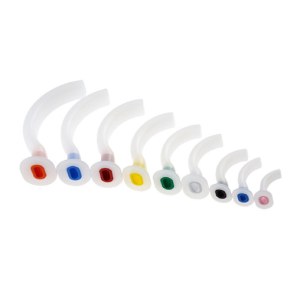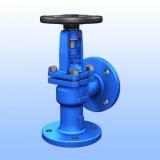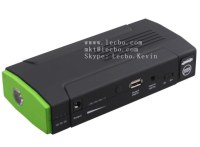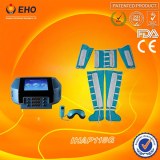Airway management products are designed to facilitate successful intubation, airway exchange, and emergency airway access.
FAQs of Airway Management
Q What is a laryngeal mask airway (LMA)? A
A laryngeal mask airway (LMA) is a device inserted into the area behind the mouth and nose, connecting them to the food pipe (the pharynx) to allow ventilation, oxygenation, and administration of anesthetic gases, without the need for inserting a tube in the windpipe (endotracheal intubation).
It is a supraglottic airway device, which means that it stays above the vocal cords and does not enter the windpipe (trachea). It was developed by a British anesthesiologist Dr. Archi Brain and has been in use since 1988.
It was initially used mainly in an operating room setting. Recently, it has been used in the emergency setting as an important accessory device for managing the difficult airway.
The device is composed of an airway tube that connects to an elliptical mask with a cuff that is inserted through the patient's mouth. It is designed to sit in the patient's throat, forming an airtight seal on top of the vocal cords and allowing a secure airway to be managed by a healthcare provider.
LMA is a good airway device in many settings, including the operating room, emergency department, and outpatient care because it is easy to use and quick to place, even for inexperienced providers.
Its use causes less gastric distention than bag-valve-mask ventilation and thus reduces, but does not eliminate, the risk of aspiration (entry of food or liquids into the windpipe). This may be especially helpful in patients who have not fasted before being ventilated.
Q What are the complications of a laryngeal mask airway (LMA)? A
The complications, although rare, include:
Aspiration of stomach contents
Local irritation
Upper airway injuries
Mild sympathetic response (such as increased heart rate and alertness)
Obstruction
Laryngospasm (spasm of the vocal cords that makes it difficult to speak or breathe)
Pulmonary edema (excessive fluid in the lungs)
Bronchoconstriction (narrowing of the airways making breathing difficult)
Q What is a laryngeal mask airway (LMA) used for? A
A laryngeal mask airway has various uses including:
Elective ventilation: The laryngeal mask airway (LMA) is often used for short surgical procedures in which endotracheal intubation is not necessary.
Difficult airway: In some patients where endotracheal intubation fails, the LMA can be used as a rescue device for maintaining the airways. It is easier to maintain over time, and it has been shown to reduce, though not eliminate aspiration risk.
Cardiac arrest: LMA is an acceptable alternative to endotracheal intubation for airway management in some cases of cardiac arrest. This is particularly useful in the prehospital setting, where emergency medical technicians, even the ones with less experience, can place the LMA with high success rates.
Conduit for intubation: LMA can be used as a channel or conduit for endotracheal intubation, especially in situations when direct laryngoscopy (the visualization of the vocal cords) is unsuccessful. An endotracheal tube can be passed directly through the LMA.
Prehospital airway management: LMA is of great help in prehospital settings, not only for patients with cardiac arrest but also for managing a difficult airway. In emergencies outside the hospital, an LMA can be inserted for successful airway management until a definitive airway can be established.
Pediatric use: Laryngeal mask airways are available in a range of sizes suitable for their use in children as well.
Q How deep is the Endotracheal Tube can be intubation? A
The depth of Endotracheal Tube refers to the distance from the front end of Endotracheal intubation to the alveolar. Generally, the depth of Endotracheal Tube for adult males is 22 to 24 cm, while the depth of Endotracheal Tube for adult females is 20 to 22 cm. If the Endotracheal Tube is inserted too deeply, it is easy to cause the Endotracheal Tube to be inserted into one lung to carry out one-lung ventilation, while the other lung will appear atelectasis, which will affect the rescue of the patient. Endotracheal Tube is a special Endotracheal Tube inserted into the trachea through the glottis. This technology can provide the best conditions for airway patency, ventilation and support, respiratory tract suction and aspiration prevention.
GCmedica was established in 1998, is a professional mold maker and specializes in various medical components supply to factories who are professional at medical devices manufactured at the beginning of the foundation. We provide Enteral Feeding Tubes, Y-type Enteral Feeding Tubes, airway obstruction anaesthesia, long term airway management, management of the difficult pediatric airway, airway management and ventilation, atls airway management, basic and advanced airway management, basic life support airway management and so on. Want to know about airway management in critical illness an update? Please contact us.
Localisation : Adjustable Tracheostomy Tube, 214143 Wuxi,
Personne à contacter : dica Gcme, 86 0510 8273 3575







